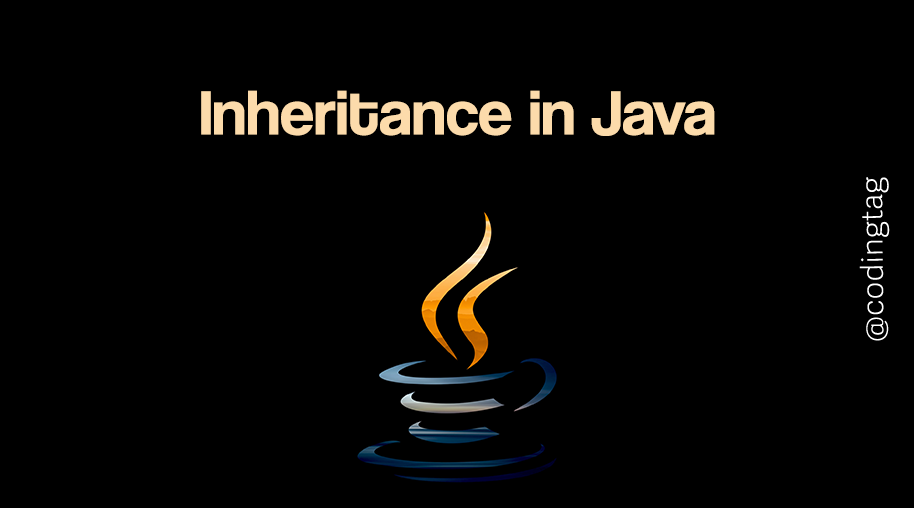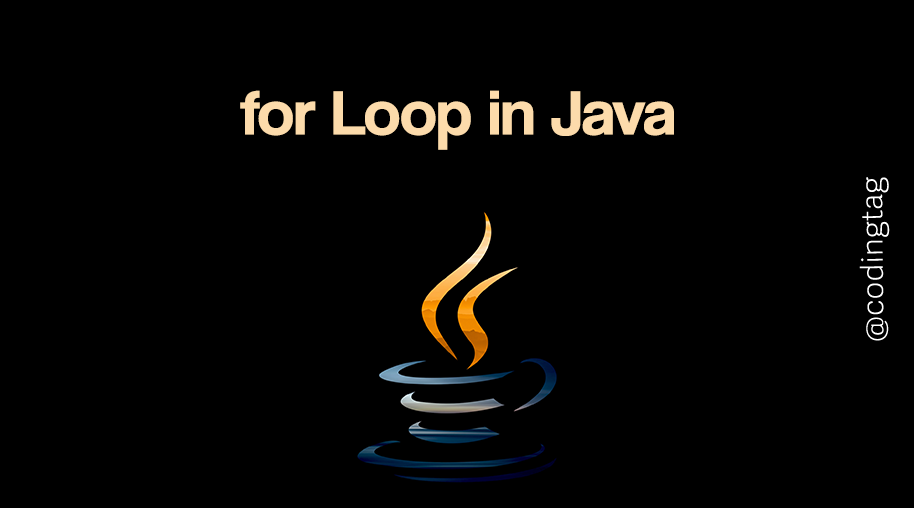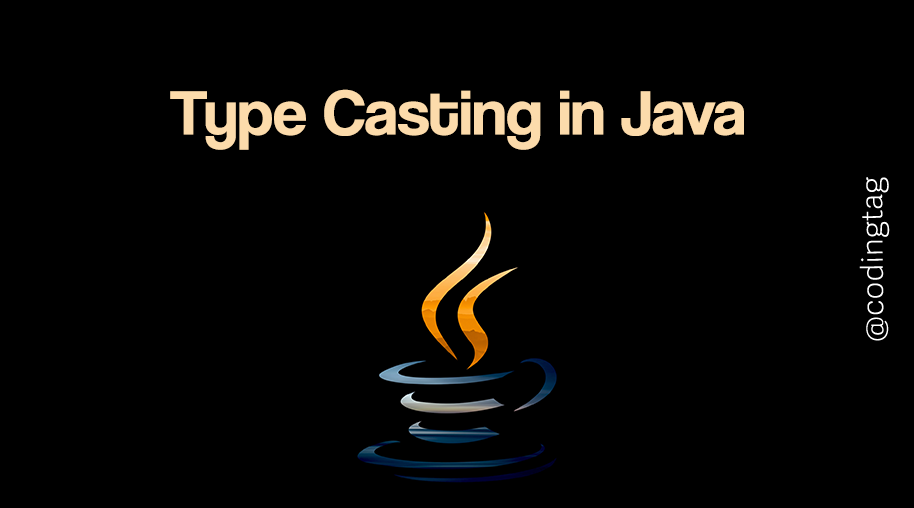break Statement in Java
0 325
What is the break Statement in Java?
The break Statement in Java is a control statement used to exit a loop or switch block immediately, regardless of whether the loop condition has been met or all switch cases have been processed.
It helps to control program flow by allowing early termination.
Where Can You Use the break Statement?
The break statement is commonly used in:
- Loops: such as
for,while, anddo-whileloops to exit before completing all iterations. - Switch Statements: to terminate a case and prevent fall-through to the next cases.
Syntax of break Statement
The syntax is straightforward:
break;This simple statement, when executed, immediately transfers control out of the nearest enclosing loop or switch.
Using break in Loops: Example
In this example, a loop prints numbers from 1 to 10 but exits early when the number reaches 5:
for (int i = 1; i <= 10; i++) {
if (i == 5) {
break; // exit the loop when i is 5
}
System.out.println("Number: " + i);
}
Output:
Number: 1
Number: 2
Number: 3
Number: 4
Using break in Switch Statements: Example
The break statement is crucial in switch cases to stop the execution from continuing to the next case:
int day = 3;
switch (day) {
case 1:
System.out.println("Monday");
break;
case 2:
System.out.println("Tuesday");
break;
case 3:
System.out.println("Wednesday");
break;
default:
System.out.println("Other day");
}
Output:
Wednesday
Why Use break Statement?
- To stop loops prematurely based on a condition, improving efficiency.
- To control flow precisely in switch statements to avoid accidental fall-through.
- Makes the code easier to read and maintain by clearly indicating exit points.
Things to Watch Out For
Using break improperly can lead to confusing code or unintended behavior, especially with nested loops. It’s important to ensure the logic remains clear when using breaks to exit loops or switch cases.
Conclusion
The break Statement in Java is a powerful tool to control program flow by allowing you to exit loops or switch cases immediately. When used thoughtfully, it helps write efficient, clear, and maintainable Java programs.
If you’re passionate about building a successful blogging website, check out this helpful guide at Coding Tag – How to Start a Successful Blog. It offers practical steps and expert tips to kickstart your blogging journey!
For dedicated UPSC exam preparation, we highly recommend visiting www.iasmania.com. It offers well-structured resources, current affairs, and subject-wise notes tailored specifically for aspirants. Start your journey today!

Share:






Comments
Waiting for your comments